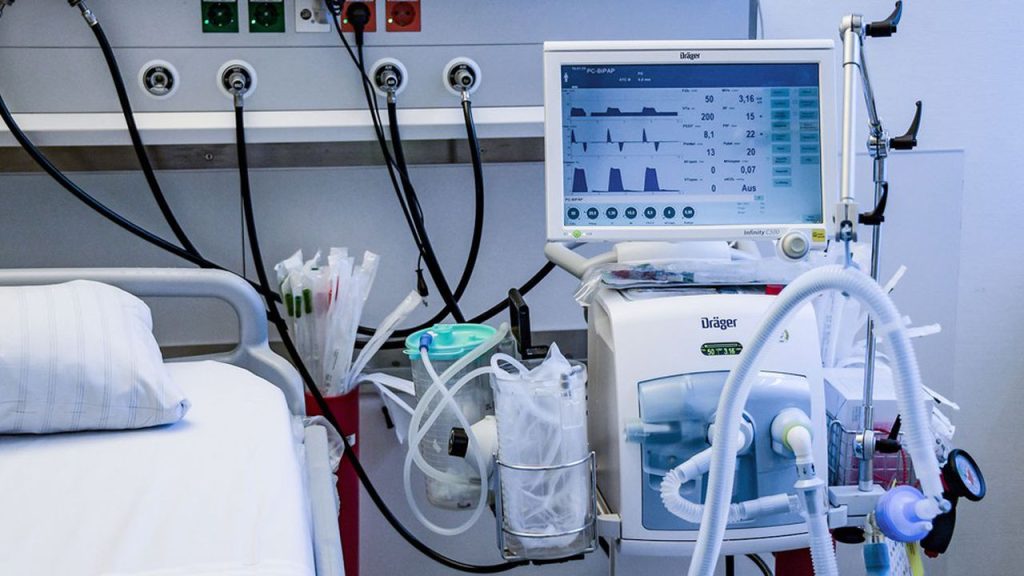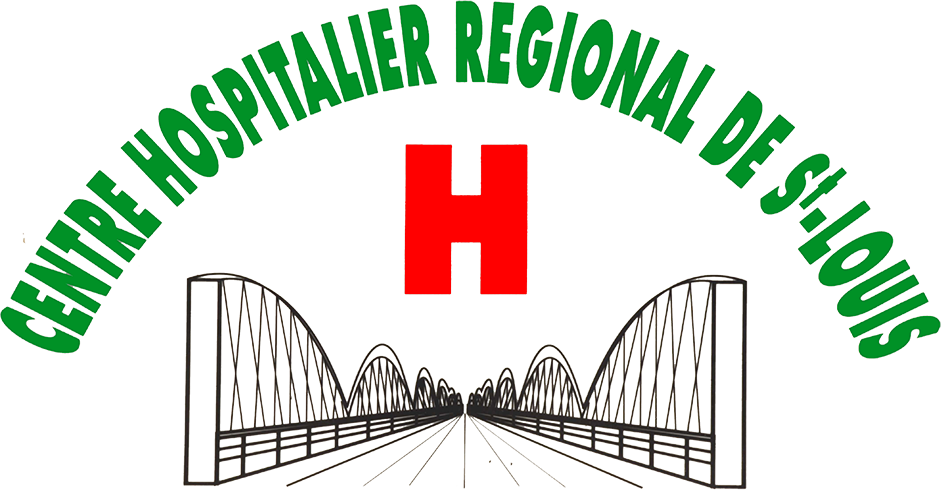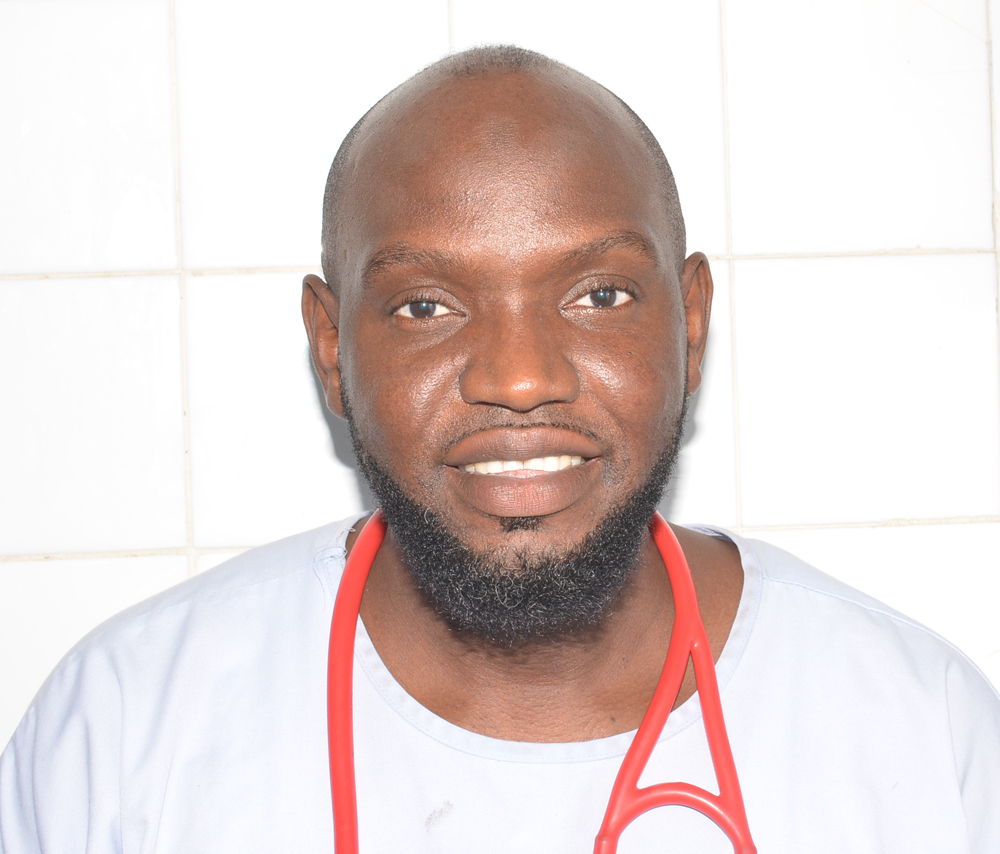Emergency care is often a problem in the country’s health facilities. This is a difficulty that the Saint-Louis girls are no exception to. At the regional hospital, however, the authorities have made great efforts in recent years to significantly improve emergency and intensive care services. They have just benefited from new, state-of-the-art equipment.
The Saint-Louis hospital remains a regional and even sub-regional reference. Patients from northern regions and neighboring countries are often evacuated there for treatment. This large influx of patients has long given hospital managers a hard time, especially in the emergency department. In order to meet the challenge of providing optimum care for the people who use this health facility, the emergency department at the regional hospital has undergone a complete makeover over the past few years. For Dr. Moustapha Diédhiou, Emergency Coordinator at Saint-Louis Regional Hospital, the clear improvements in care in these departments are no accident.
According to him, it all started with the inventory that was carried out, in 2017-2018, and which studied the deficits in the resuscitation and emergency departments. At the time, we noted that our services were suffering from gaps in human resources, functional equipment and infrastructure, because the building at the time did not meet the standards required for an emergency department. At the time, we carried out satisfaction surveys to find out what people thought of the services we provided. We took these comments into consideration, and they enabled us to improve and gradually correct the gaps,” says Dr Diédhiou.

In this context, he adds, a patient sorting area has been created to improve the organization of emergency services. We often have an influx of patients in the emergency department. That’s why we’ve created sitting and lying waiting areas, which are special features of emergency medicine, to ensure short circuits for patients in vital distress and short hospital stays”, explains the anesthesiologist-intensive care physician.
“Evacuations to Dakar or other regions have been considerably reduced”.
For the teacher-researcher at the UFR Santé, the emergency department is very often the gateway for patients in hospitals, except perhaps for those who have appointments with their doctors. Hence the need for orderly triage, to avoid missing out on a vital emergency. At Saint-Louis hospital, we’ve managed to set up a medicalized on-call service, meaning that on-call duty is performed by senior doctors who are sworn in. The doctors and nurses are sufficiently trained to triage and guide the patient through the circuit. This work is beneficial both for the nursing staff and for the public, as it ensures that emergency departments are not unnecessarily overwhelmed, that work is not slowed down or that vital emergencies are not missed. As a result, efforts have been made at the hospital, with the introduction of a care protocol that now enables the doctor on duty to rely on it for proper patient care”, explains Dr Diédhiou.
However, the equipment gap posed a number of problems at times, because the facility was far from meeting emergency standards. However, major efforts have been made to equip the emergency and intensive care departments of the regional hospital, thanks to the support of the Ministry of Health and development partners, including the Luxembourg cooperation. In the resuscitation and emergency departments, we have acquired the latest quality equipment to facilitate rapid treatment. There are carts, surveillance monitors, portable ultrasound machines and other important equipment. Evacuations to Dakar or other regions have been considerably reduced, because care is provided locally. In fact, on the instructions of the hospital director, it is predisposed to emergency medication, which makes our work as emergency physicians much easier. It’s a system that we really appreciate, given its importance in the rapid management of emergencies,” he explains.
The prescription reimbursement equation
However, the head of the resuscitation department and emergency coordinator at the Saint-Louis regional hospital points out that not everything is rosy. We still need more equipment, given the size of the establishment and the number of specialists working there in partnership with the UGB. So more equipment will be welcome. More needs to be done to ensure everyone’s safety in the organization and management of emergency medicines. Emergency departments consume a lot of drugs, and are a heavy financial burden for a hospital. So much so that it’s difficult to manage these life-saving emergency drugs. This is an opportunity to congratulate the hospital’s director, who has set up a committee to study and list emergency medicines for each of the hospital’s key departments, including emergency, maternity, pediatrics and the operating theatre. In these services, it is imperative to have these products available H24. Unfortunately, the non-reimbursement of prescription invoices by some patients has a serious impact on the renewal of our emergency medicine carts,” laments Dr. Moustapha Diédhiou.
Nevertheless, he reassures people that the hospital has a white plan that has been drawn up and validated by the health authorities. This enables them to cope with a massive influx of casualties in the event of an accident.
However, more needs to be done in this area, especially in terms of additional staff training and the provision of emergency medicines to cope with possible mass influxes.

